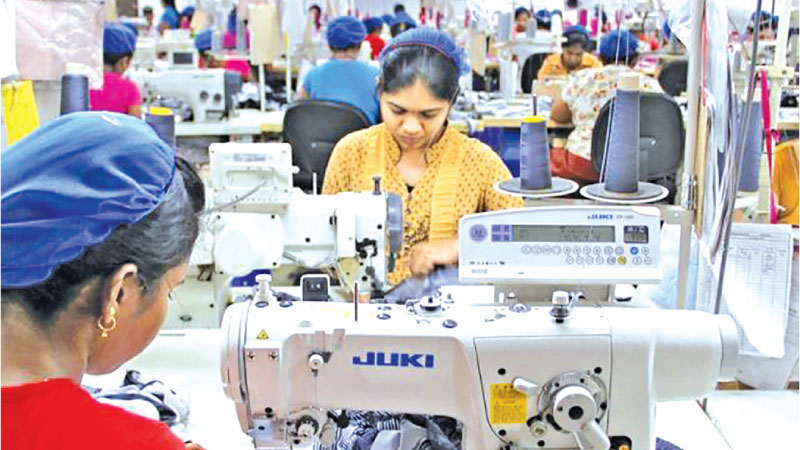U.S. President Donald Trump wrote to his Sri Lankan counterpart, President Anura Kumara Dissanayake, last week, informing him that the United States will impose a 30 percent tariff on all Sri Lankan exports from August 1.
While some argue that this rate is better than what some regional competitors like Laos and Cambodia face, it is clear that Sri Lanka’s dependence on a handful of export markets and an even narrower band of products has left it vulnerable to sudden policy shifts by its main trade partners. It is also a warning of more pain ahead if the country doesn’t fundamentally change course.
Since 1977, Sri Lanka has followed a model prescribed by international lenders and consultants, i.e., open markets, free trade, and export-led growth. Sri Lanka has reduced tariffs, liberalised its economy, and chosen foreign direct investment, tourism, and the apparel sector as engines of its growth. This formula delivered sporadic growth, but it also created deep vulnerabilities.
According to Sri Lanka’s Export Development Board (EDB), in 2024, Sri Lanka’s total merchandise exports amounted to $12.7 billion. Almost 40 percent of the export income came from apparel, 11 percent from tea, and 7.3 percent from rubber-based products. In 2024, about 25 percent of all manufactured exports went to the U.S., with textiles and apparel accounting for about 40 percent of that total. The European Union (about 24 percent) is the other dominant customer, because of the preferential access under the GSP+ scheme.
For many years, academics and researchers have warned that Sri Lanka’s narrow base was its main vulnerability. Sri Lanka produces mostly low-value-added goods, apparel, tea, rubber, and seafood for Western buyers, who add value to these products under their own labels.
Sri Lanka does not have internationally recognised brands (or even brands recognised in South Asia, perhaps with the exception of Dilmah tea), which prevents any brand loyalty or the ability to charge a premium. It has not invested in higher-value manufacturing, and productivity of most sectors is low. For example, Sri Lankan apparel, the country’s main merchandise export, is not competitive without tariff exemptions from the U.S. and the EU. Thus, when the U.S. or EU makes a policy change, the impact is immediate, sweeping, and difficult to escape.
The U.S says they are imposing tariffs on other countries as a response to “unsustainable trade deficit and a lack of reciprocity.” The apparel sector will bear the brunt of this decision. Industry bodies like the Free Trade Zone Manufacturers’ Association warn that up to 50,000 jobs could be lost as the competitive gap with India or Vietnam, two of its fiercest regional rivals in apparel manufacturing, would widen due to the tariffs.
This is not the first time that Sri Lanka’s foreign trade vulnerability has been exposed. The EU’s GSP+ has always come with strings attached, linking market access to a wide range of non-trade issues, from human rights to environmental standards. The EU revoked GSP+ concessions in 2010 over human rights concerns and only reinstated access in 2017. In the past few years, the EU has passed several pieces of legislation condemning the ‘deterioration’ of Sri Lanka’s human rights situation, and the country has to be on pins and needles each time the concession is under review.
Unfortunately, successive Sri Lankan Governments have done very little to find new markets or promote new products.
Sri Lanka’s exports to China, ASEAN and Africa remain low. The National People’s Power (NPP) Government has vowed to change these patterns. While the task is not easy, recent developments have shown it is urgent. Sri Lanka must break the cycle of dependency by investing in domestic brands, supporting value addition, and diversifying both its products and export destinations. This means moving up the value chain in manufacturing, supporting entrepreneurs, and protecting key sectors from the worst excesses of global competition while they scale and innovate.
It also means developing a trade and industrial policy that serves Sri Lanka’s long-term interests, rather than aping models from abroad. A stronger, more resilient economy will require difficult choices, from education and research investment to a sober look at the country’s exposure to foreign shocks. Without a fundamental shift towards diversification, value addition, and strategic independence, the next blow, whether from Washington or Brussels, could be even harder to withstand.
The time for cosmetic reforms is over. Sri Lanka must own its future, or continue to pay the price for renting it.








